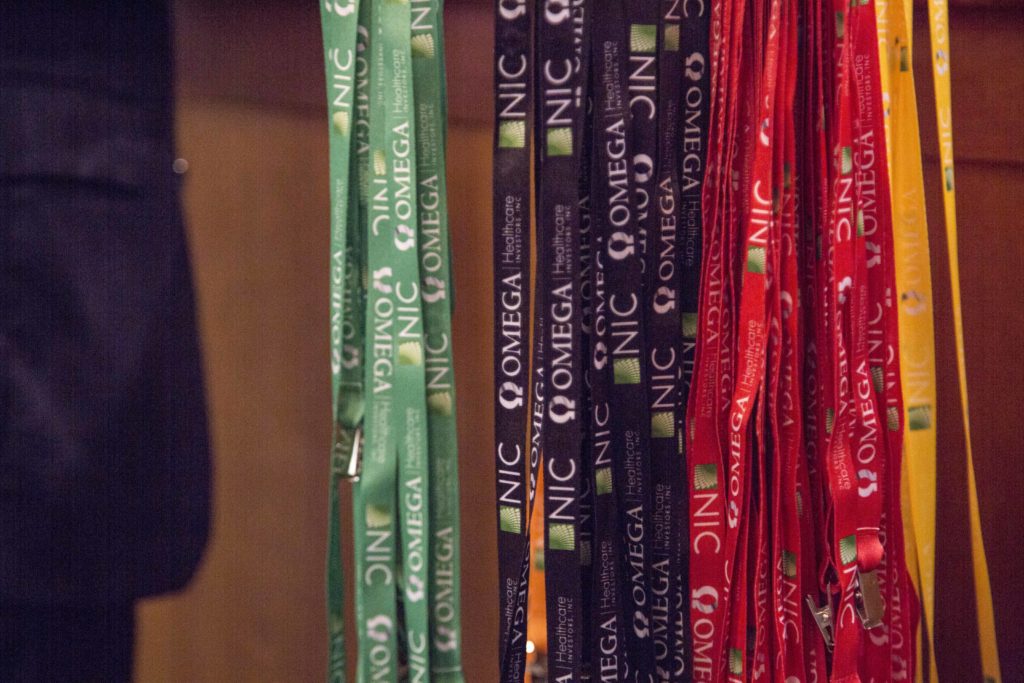The strong desire of many older adults to age in their own homes continues to threaten the senior housing industry. To begin to attract more of these seniors, the industry will have to become more innovative, according to Dan Hutson, chief strategy officer at HumanGood, a Pleasanton, California-based operator of affordable housing and senior living communities.
“Technology is making the home an even tougher competitor for us to beat,” said Hutson during a panel on global innovations in seniors housing at the National Investment Center for Seniors Housing & Care (NIC) 2017 Fall Conference in Chicago. “There are innovative products and approaches that are being developed overseas that offer potential avenues for greater innovation and product variety than what we see currently in this country.”
From designing an agricultural-themed community in a Canadian countryside to enabling cohabitation with young adults, there are a variety of unique offerings around the world from which U.S.-based senior housing developers can draw inspiration.
Create a narrative
A 15-minute drive southeast of downtown Hamilton, Ontario, lies a farming village that grew over the years to accommodate workers who flocked to the area to process grain.
That’s the fictitious backstory to The Village at St. Elizabeth Mills, a senior living “themed lifestyle complex” similar to The Villages in Sumter County, Florida. The Village at St. Elizabeth Mills sits on 114 acres, and features resort-style independent and assisted living residences with its own town square, restaurants, and retail district.
St. Elizabeth Mills is operated by Zest Communities, a Canadian developer of seniors housing catering to the 55 and older demographic. The company reached out to Toronto-based entertainment design firm FORREC to map out the unique residential and commercial additions to the community’s existing 510 bungalow-style residential units.
FORREC’s senior living projects include both St. Elizabeth Mills and the Spanish Springs, Lake Sumter Landing and Brownwood communities in The Villages in Sumter County, Florida. Outside of this portfolio, the design firm has worked on other big-name projects, including theme parks Legoland Germany and Universal Studios Florida.
At face value, a theme park and a senior living community are at completely opposite ends of the spectrum. But for Eric J. O’Rourke, director of FORREC’s resorts division, they share a common denominator.
“The skills that we’ve acquired while working [on theme parks] have a correlation to seniors housing,” said O’Rourke during the panel. “We understand how to handle large crowds, how to accommodate residential and commercial, but first and foremost, we understand how to create an experience and create a sense of place.”
This sense of experience and place lies in the narrative the company created for St. Elizabeth, and is the aspect missing in many senior housing communities, according to O’Rourke.
“[Baby boomers] want experiences. And they want more,” said O’Rourke. “We’re finding that boomers are downsizing, but they’re not downgrading. They still want those luxuries, they still want the outdoor space to entertain family and friends… they want activities and they also want a social network. All of those things for us don’t add up to a retirement home, it adds up to an active lifestyle community.”
By creating a space that fosters an active adult lifestyle, developers can set themselves apart from competition, as well as create an inclusive setting for the overall general public, explained O’Rourke.
“If you can attract outside guests to help populate your commercial [space] and your activities, you create a destination within the urban fabric of wherever you’re developing. It’s not an isolated, standalone facility,” he said.
Experience and meaning
Across the Atlantic, in the city of Deventer in the Netherlands, college students and senior residents co-habitate in Humanitas.
The community offers a short-term rehabilitation “hotel,” long-term care units, a dementia care unit, and 34 independent living apartments.
Paul Irving, chairman at the Milken Institute Center for the Future of Aging, highlighted the Dutch community during the session.
At Humanitas, students receive free lodging in exchange for 30 hours of work a month. A total of six students work and live alongside the community’s 160 residents, as they teach residents new skills—like how to use social media—as well as assist them with their daily activities.
The students do not replace the community’s caregivers—instead, they simply “bolster the existing workforce,” according to a video that Irving played during his presentation.
This model may prove worthwhile in the U.S., as the industry grapples with a labor shortage, and as young professionals display a growing interest in pursuing a career path in senior living.
Written by Carlo Calma
Companies featured in this article:
FORREC, HumanGood, National Investment Center for Seniors Housing and Care, NIC


